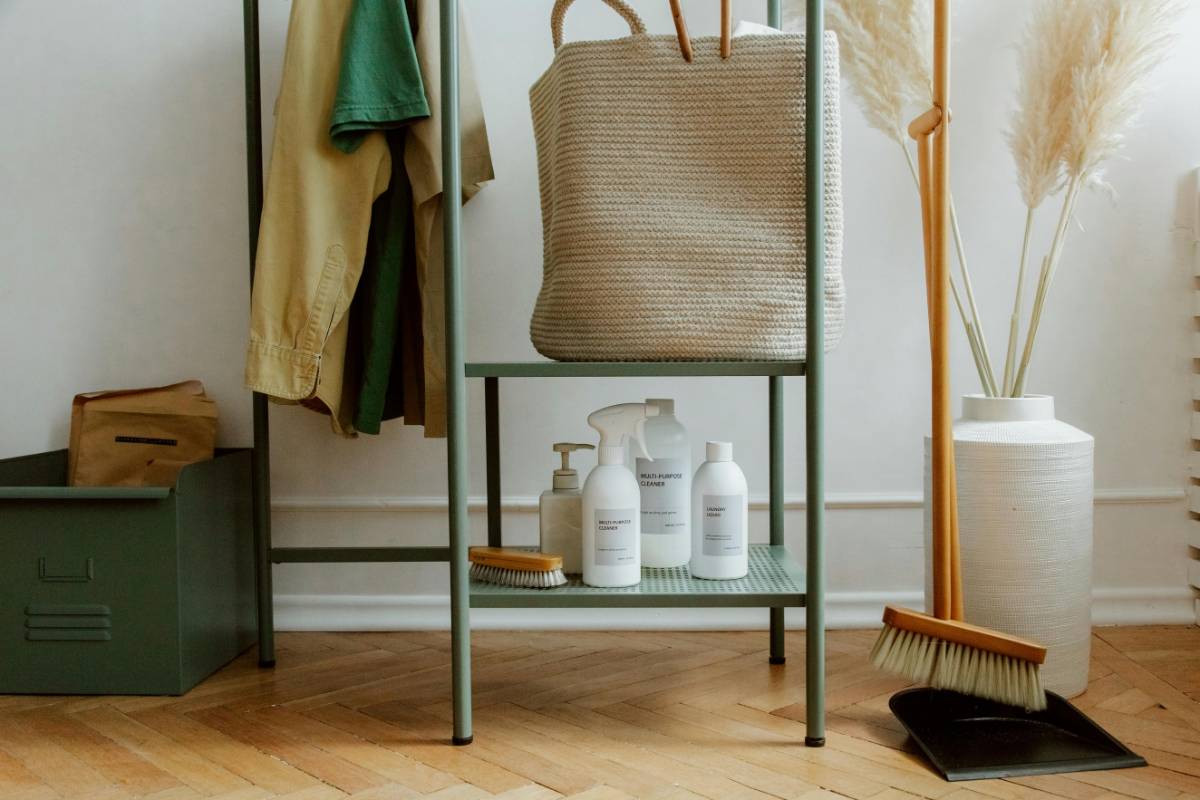
Sustainable Design for Small Spaces: Big Impact with Eco-Friendly Solutions
In today’s urban landscape, the demand for smaller living spaces is on the rise. Sustainability in small spaces is not just a trend but a necessity, as compact homes and apartments offer unique opportunities to minimize environmental impact while maximizing functionality. Sustainable design principles tailored for small spaces enable homeowners and renters to live comfortably without compromising their commitment to eco-friendly living. Here's how to achieve big impacts in small spaces with sustainable solutions.
Prioritize Multi-Functional Furniture
When space is limited, every piece of furniture should serve multiple purposes. Opt for multi-functional furniture like sofa beds, extendable dining tables, and storage ottomans. These versatile pieces reduce the need for excessive items, minimizing resource use and waste.
Furniture made from sustainable materials, such as reclaimed wood, bamboo, or recycled metal, not only enhances the eco-friendliness of your space but also adds a touch of natural elegance. Modular designs allow for adaptability, ensuring that your furniture evolves with your changing needs.
Optimize Natural Lighting and Ventilation
Small spaces can feel larger and more inviting with the strategic use of natural light and ventilation. Maximize daylight by choosing sheer curtains, installing mirrors to reflect light, and painting walls in lighter colors to create an airy feel. Skylights and strategically placed windows can bring in more sunlight, reducing the need for artificial lighting.
Ventilation is equally important for maintaining air quality in small spaces. Incorporate cross-ventilation by aligning windows and doors to facilitate airflow, and consider energy-efficient fans or ventilation systems to complement natural methods.
Incorporate Vertical Gardening
Greenery is a vital element of sustainable living, and vertical gardens are a perfect solution for small spaces. Install wall-mounted planters, hanging pots, or trellises to grow herbs, flowers, and small vegetables indoors. Vertical gardens not only improve air quality but also add aesthetic appeal.
Choose low-maintenance, air-purifying plants like pothos, snake plants, or peace lilies. These plants thrive in indoor environments and contribute to a healthier, more sustainable living space.
Use Sustainable Storage Solutions
Efficient storage is essential for small spaces, but it can also be sustainable. Opt for storage solutions made from recycled or eco-friendly materials, such as baskets made from jute, bamboo shelves, or upcycled wooden crates. Built-in storage units that maximize vertical and underutilized spaces help keep your home organized while reducing clutter.
Decluttering is a key aspect of sustainability. Adopt a minimalist approach to possessions, focusing on quality over quantity. Donate or recycle items you no longer need to extend their lifecycle and minimize waste.

Choose Energy-Efficient Appliances
Small spaces often require smaller appliances, which can be energy-efficient and space-saving. Look for appliances with high Energy Star ratings, such as compact refrigerators, combination washer-dryers, and induction cooktops. These appliances consume less energy, reduce utility costs, and fit seamlessly into compact living areas.
Smart home devices, like programmable thermostats and energy-monitoring systems, further enhance energy efficiency by allowing you to control usage based on your needs.
Adopt Sustainable Building Materials
For small space renovations or construction, consider using sustainable materials like recycled glass, reclaimed wood, or eco-friendly concrete. These materials reduce your environmental footprint and add a unique aesthetic appeal to your home.
Insulation is another crucial consideration. Opt for eco-friendly options like cork, sheep’s wool, or recycled denim to maintain energy efficiency and regulate indoor temperatures in your compact living space.
Focus on Water Efficiency
Water conservation is a key component of sustainable living. Install low-flow faucets, showerheads, and dual-flush toilets to minimize water usage. Compact homes with efficient plumbing systems can significantly reduce water waste.
Additionally, consider collecting rainwater for non-potable uses like watering plants or cleaning. Incorporating native plants in your vertical garden can also reduce water needs, as these species are adapted to the local climate.
Conclusion
Sustainable design for small spaces offers an incredible opportunity to live an eco-friendly lifestyle without compromising comfort or style. By prioritizing multi-functional furniture, optimizing natural resources, and incorporating eco-friendly materials, you can create a sustainable sanctuary that makes a big impact in a small footprint. Embrace these solutions to turn your compact living space into an environmentally responsible haven that reflects your values and commitment to a greener future.



